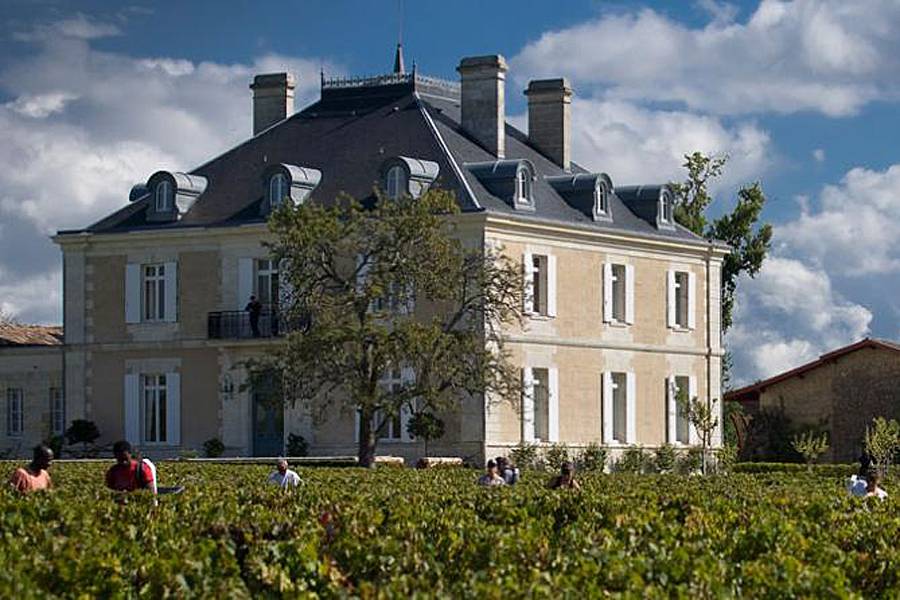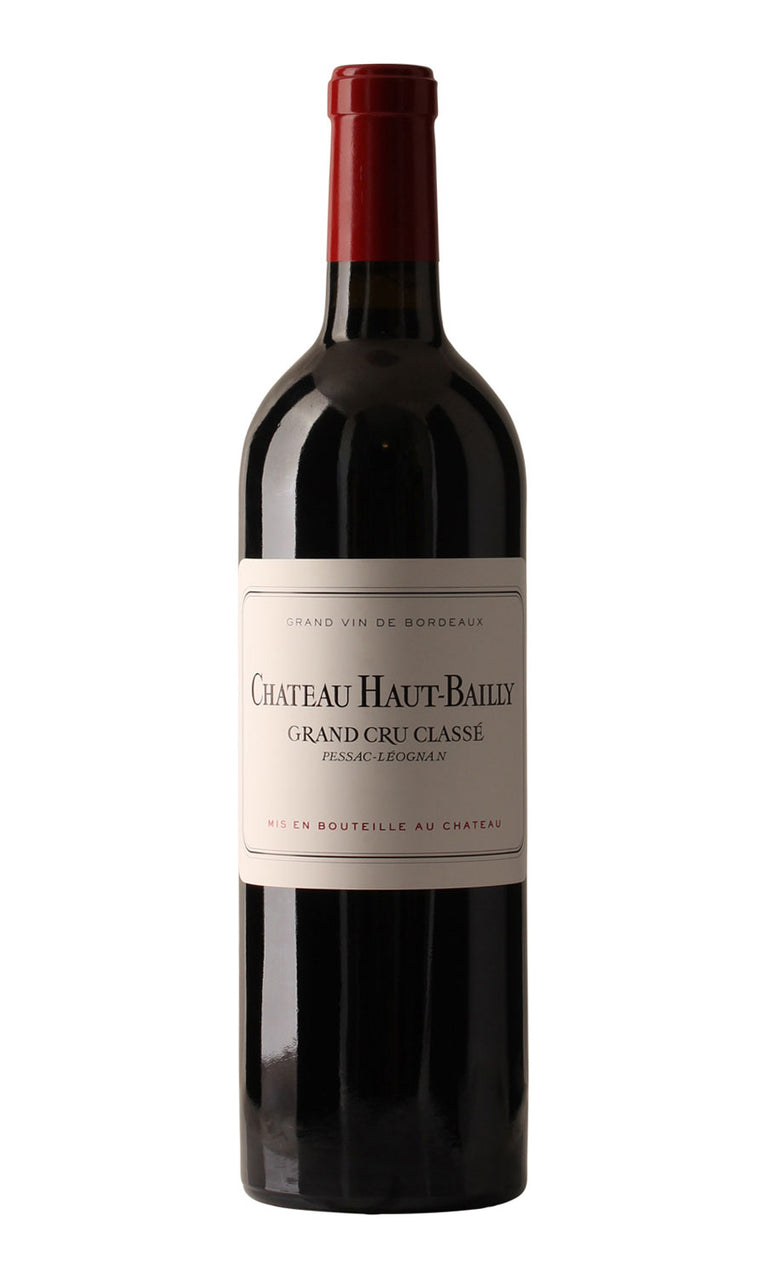- Colour Red
- Producer Château Haut-Bailly
- Region Pessac-Léognan
- Drinking 2012 - 2022
- Case size 12x75cl
- Available Now
2007 - Ch Haut Bailly Cru Classé Pessac-Léognan - 12x75cl
- Colour Red
- Producer Château Haut-Bailly
- Region Pessac-Léognan
- Drinking 2012 - 2022
- Case size 12x75cl
- Available Now
Select pricing type
Need help? Call +44 (0)20 7793 7900 or email wine@goedhuiswaddesdon.com.
-
Goedhuis
A more reclusive, brooding wine, the 2007 displays dark berry and plum flavours on a finely tunedpalate that finishes fresh and clean. Though it does not display as much sweet and obvious fruit, it makes up for it in power and potential complexity. One to watch. Drink 2012-2022
-
Neal Martin, June 2017, Score: 92
Tasted at BI Wine Spirits' 10-Year-On tasting, the 2007 Haut Bailly has a beautiful, quintessential Pessac bouquet with touches of warm gravel filtering through the black fruit. The palate is medium-bodied with impressive, tightly knit black fruit laced with cedar and white pepper. There is superb weight in this 2007 considering the vintage, doling out fine mineralité on the persistent finish. Very fine, but I would actually wait another couple of years before broaching. Drink 2019-2032. 92/100
-
Robert Parker, April 2010, Score: 90
An extremely complex bouquet of cedar, unsmoked cigar tobacco, berry fruit, and earth is followed by a medium-bodied, silky textured wine that builds incrementally, impressing the taster with its purity, overall equilibrium, and length. It is a quintessentially, elegant, flavorful wine to drink now and over the next 12-14 years. Drink: 2010 - 2024
Producer
Château Haut-Bailly
Rich in sandstone composed of fossilised shellfish ("faluns"), Haut Bailly has one of the mostnoteworthy terroirs in Pessac Léognan. As a direct result of this ancient soil, their wines areextremely elegant and pure. Though not enormously high profile, this château is one of the mostappreciated by critics and collectors alike.
Region
Pessac-Léognan
Stretching from the rather unglamorous southern suburbs of Bordeaux, for 50 km along the left bank of the river Garonne, lies Graves. Named for its gravelly soil, a relic of Ice Age glaciers, this is the birthplace of claret, despatched from the Middle Ages onwards from the nearby quayside to England in vast quantities. It can feel as though Bordeaux is just about red wines, but some sensational white wines are produced in this area from a blend of sauvignon blanc, Semillon and, occasionally, muscadelle grapes, often fermented and aged in barrel. In particular, Domaine de Chevalier is renowned for its superbly complex whites, which continue to develop in bottle over decades. A premium appellation, Pessac-Leognan, was created in 1987 for the most prestigious terroirs within Graves. These are soils with exceptional drainage, made up of gravel terraces built up in layers over many millennia, and consequently thrive in mediocre vintages but are less likely to perform well in hotter years. These wines were appraised and graded in their own classification system in 1953 and updated in 1959, but, like the 1855 classification system, this should be regarded with caution and the wines must absolutely be assessed on their own current merits.




